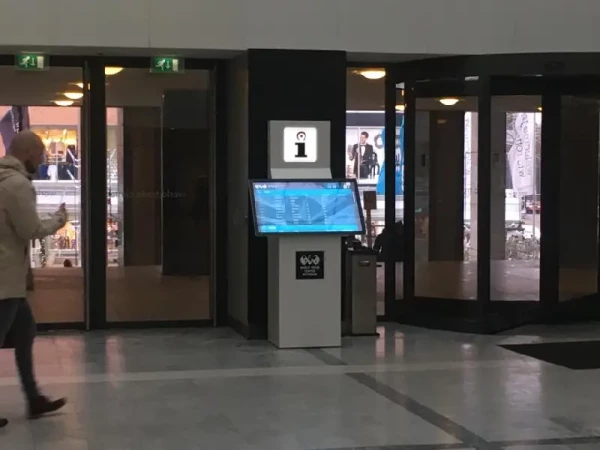Enhancing Services with Government Touch Screens
Introduction to Government Touch Screen Technology
Today, touch screen technology has become increasingly prevalent, even in government settings. Government buildings are embracing touch screens to enhance service delivery, making processes clearer, and more efficient. This article explores the integration of touch screen technology in the public sector, aiming to improve accessibility and visitor experiences.

Applications of Touch Screens in Government Buildings
Visitor Registration
Digital registration kiosks can streamline visitor check-in processes in government buildings. Visitors can easily sign in and provide necessary information. Alternatively, digital queuing systems allow visitors to pull a number and track their progress on a screen.
Self-Service Kiosks
Furthermore, self-service kiosks can handle various services, reducing the workload on government employees. These kiosks enable citizens to pay fines, apply for licenses and permits, fill out forms, and more. By automating administrative tasks, self-service kiosks minimize wait times at service counters.
Information Displays
Digital information screens placed strategically within government buildings keep citizens informed about important matters such as safety regulations, local developments, news updates, and more. These displays ensure that visitors are always up-to-date with relevant information.
Navigation Solutions
Government buildings can be complex and subject to frequent changes. Flexible navigation solutions, such as digital name boards, allow for quick and easy updates to signage when changes occur. This ensures that visitors can navigate the premises efficiently.
Benefits of Government Touch Screens
Accessibility
Government buildings and public services must be accessible to all citizens, regardless of their needs. Touch screen solutions can be customized to accommodate individuals with audiovisual impairments or low literacy levels, ensuring inclusivity in public service delivery.
Cost Savings
By deploying touch screens at key points and automating certain tasks, government agencies can reduce reliance on staff and printed materials. These cost-saving measures contribute to overall budget optimization within government operations.
Efficiency
Changes and updates can be swiftly implemented across multiple touch screens, ensuring that citizens are always informed about the latest public matters. Touch screens enable government agencies to respond promptly to changes and keep citizens engaged and informed.
Conclusion
The integration of touch screens in government buildings holds the potential to greatly enhance public service delivery. Increased accessibility and improved information dissemination lead to better and faster assistance for citizens. Additionally, government staff remain available to provide assistance to those less digitally inclined.
Looking to implement touch screen solutions in your government building? Let us assist you with the process, from consultation to installation. Reach out for expert advice and discover the best solution for your location. We're here to support you every step of the way.